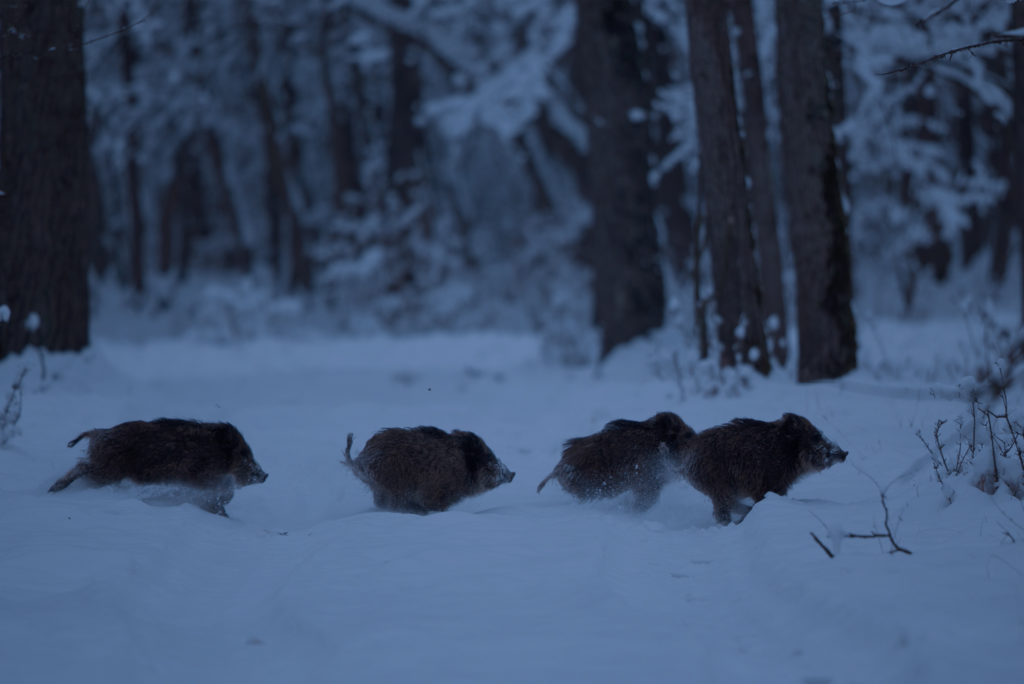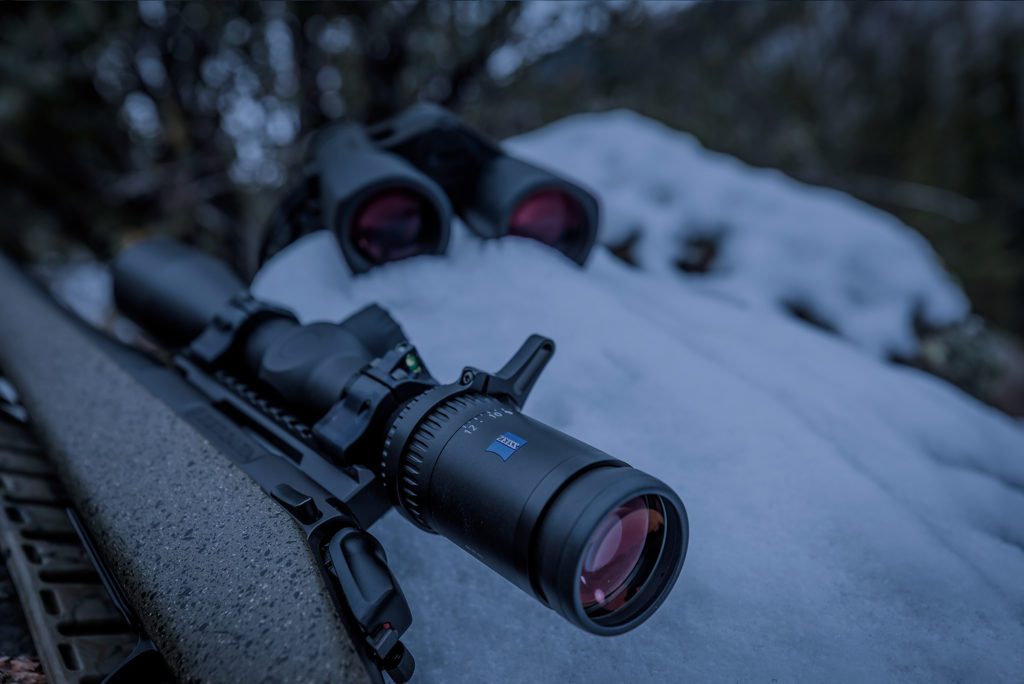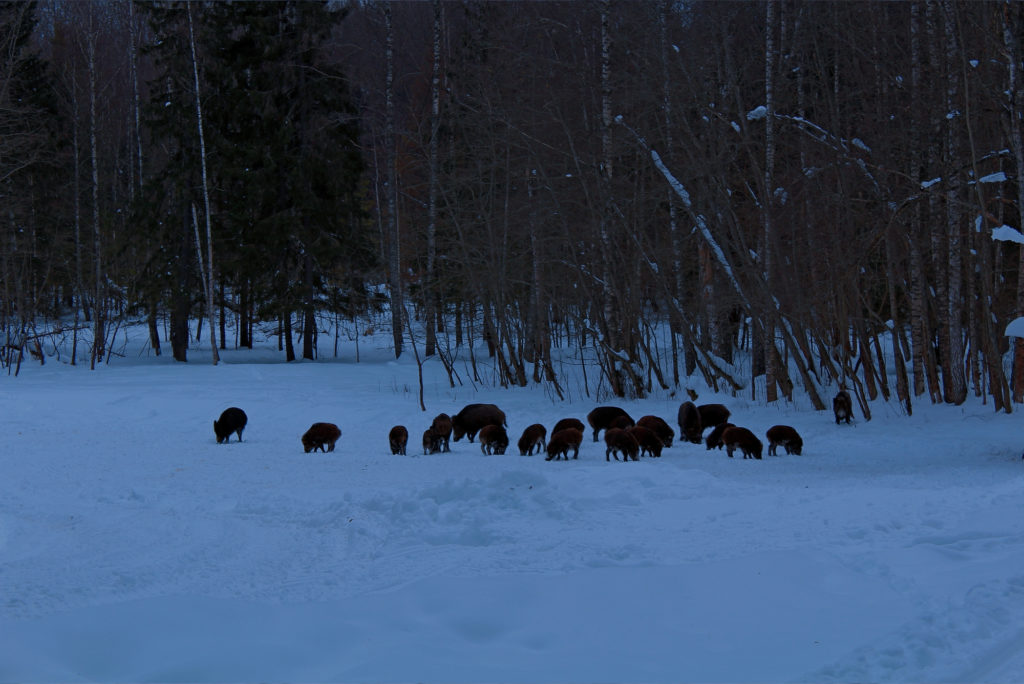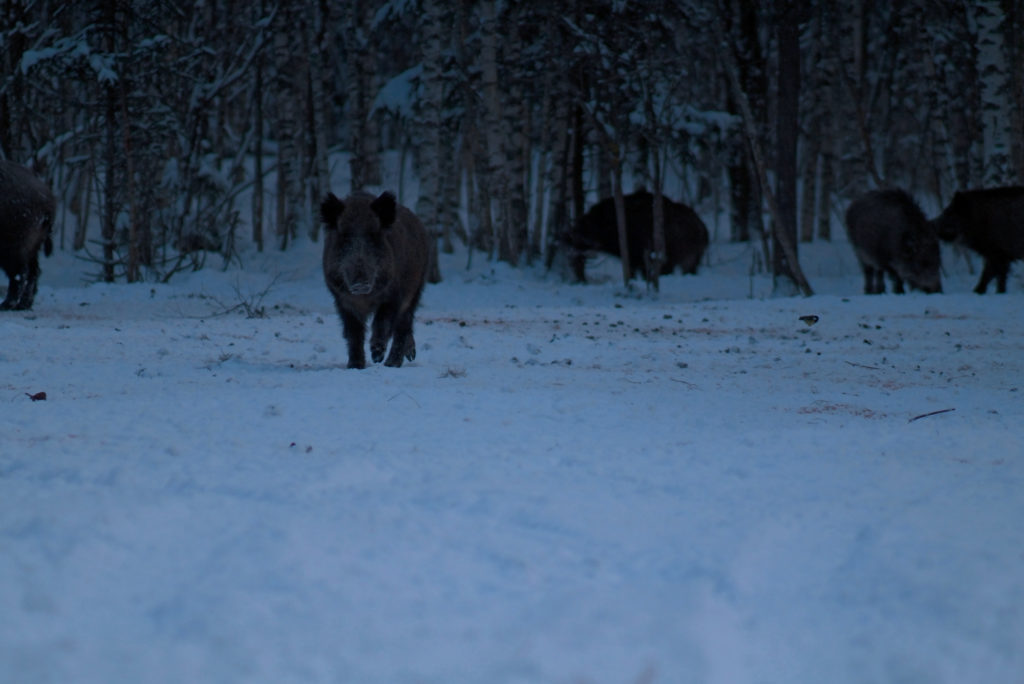How to have a successful wild boar hunt – Guaranteed!
For wild boar hunters, many factors are decisive for success in the hunting ground. Wild boar hunting is becoming increasingly popular across Europe. This is not least due to the enormous populations of wild boar and the associated damage caused by game. But for a successful hunt, in addition to right equipment, one thing is particularly important: understanding the behavior of the boars and sows. What time of day is most effective? How does the phase of the moon affect their behavior? And what role does the wind play?
Here are the five best tips for a successful wild boar hunt!
1. Time of day
Time of day is one of the elementary things that you should consider when hunting for wild boar. The intelligent animals only venture out of their lair at certain day times. This time varies depending on the hunting pressure in the individual forest areas. In heavily hunted areas, wild boars are therefore often nocturnal. This makes detecting them even more difficult.
2. Variety in time and place
If you want to successfully hunt wild boar, you should try your luck during the winter months. Especially during snowy days, you have a decisive advantage. On one hand, the reflection of the snow improves the visibility at night – and on the other hand, the dark fur of the wild boar clearly stands out against the white surroundings, making them a lot easier to spot.

3. Intelligent animal – intelligent hunters
If you want to hunt wild boar successfully, you have to consider various factors. One of the biggest challenges is the intelligent and adaptive behavior of the sows. Another challenge is the very good hearing of the wild boar. They also have a much more keen sense of smell. To put it simply: Successful boar hunting is achieved by choosing the right location, moving quietly and paying attention to the right wind direction.
Changing locations is important. If you have been success in one spot you should think twice about whether to visit the exact spot again in the near future. The escaped sows remember the location and associate that specific spot with danger – and avoid it accordingly.
So what should you pay attention to? Adaptation and variation are the be-all and end-all. The time of day and the location of the hide should be varied regularly. If the vision is good enough it is also advisable to hunt in half-moon light – instead of the usual full moon. The animals are influenced by the phases of the moon, but that the light conditions are significantly improved by a bright moon. Unpredictability is the keyword for hunting success.
4. The direction of the wind
Environmental influences often determine the success or failure when you are wild boar hunting. The wind, in particular, is a decisive criterion. Since wild boars have an above-average sense of hearing and smell, it is always advisable to stand against the wind. Another option is to cover up with special, odor-blocking clothing that reduces body odor to a minimum.
Wild boars are particularly sensitive to thunderous days with violent gusts of wind. Such conditions are extremely unfavorable for hunting, as such wind conditions unsettle the game.
5. Correct identification
There are numerous mistakes you can make when hunting wild boar. For instance, before a shot is even fired, you must precisely identify the game. Especially when you have to shoot from a distance, misjudgments are common and inevitably lead to missed shots. Here are three classic challenges when identifying game – and how to overcome them.

Challenge 1: They look bigger than they are
Probably the most common mistake when hunting wild boar! Within seconds, a supposed yearling shoots through the snow. At least at first glance. Within a very short time, the view can become distorted and what previously looked like a yearling could now be a sow. Uncertainty is spreading. So what to do? A look at the belly of the boar usually gives certainty. A boar can be identified very easily from behind or from the side. If it is not possible to clearly identify the gender, the shot must remain in the barrel.

Challenge 2: The lead of a drove is wrongly identified
Also one of the classic mistakes in boar hunting. If the drove consists only of piglets and one adult, the lead is clearly taken. If the drove consists of several sows and piglets, it becomes difficult. A yearlings can never lead a drove – they separate from the group before they mature. The drove therefore consists mostly of adult sows with piglets. In late winter month in particular, individual sows can be spotted on their own leaving the piglets in the nest. Shooting this sow would be fatal, as the piglets would starve. It is therefore wise to adhere to the principle of “young before old” and “small before big” for utmost security.
Challenge 3: Search for game paths or sit at the feeding ground
If you want to identify a sow correctly, you must always get a good look at the body of each animal. If you want to eliminate any doubts when approaching a sow, it’s best to keep an eye out for a run or a game path. If the animals move from one field to the next, the view of the belly of the wild boar is unobstructed making it easier for you to identify whether it’s a yearling, a sow or a piglet.
Identifying is easy with short-mown vegetation. A specially created feeding place also makes it possible to identify a wild boar easily. The sows stay at the feeder for several minutes so you can have a clear view of the animals body, do the age assessment and wait until it’s absolutely right to get the perfect shot.
